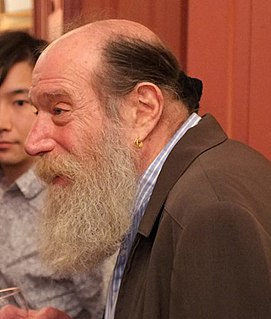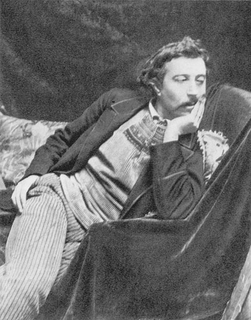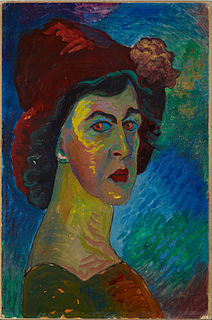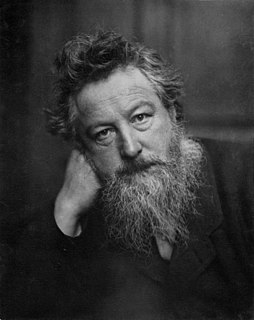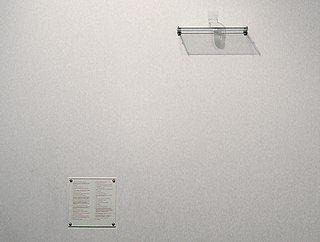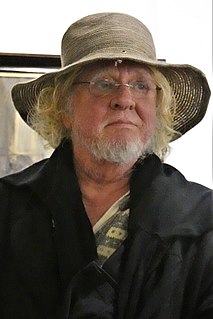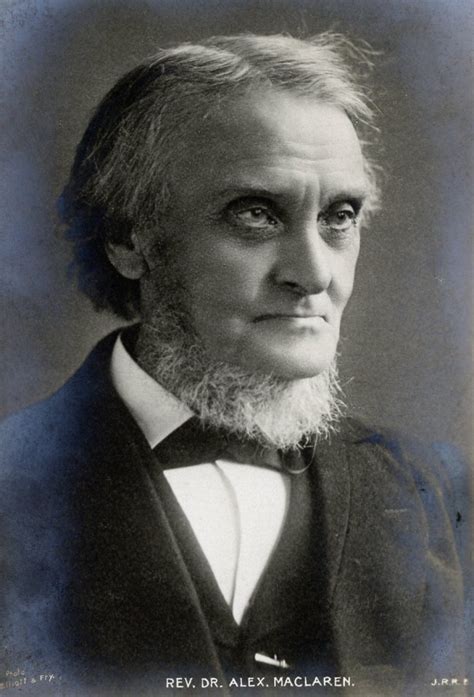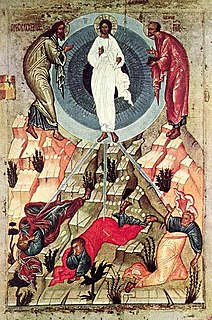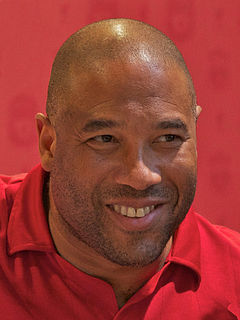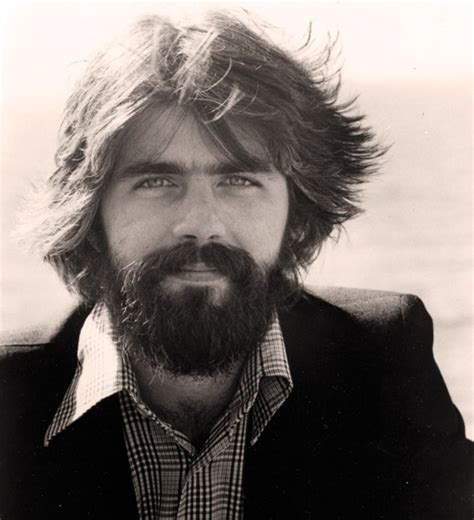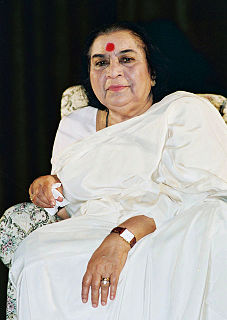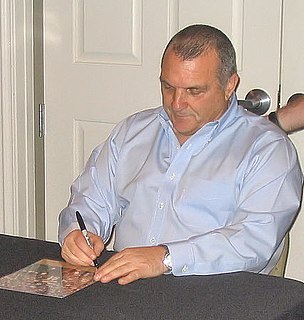Ein Zitat von Mary Beard
Die Kunstgeschichte ist nicht nur die Geschichte der Künstler; Es ist auch die Geschichte der Menschen, die Kunst betrachteten. Und diese umfassendere Perspektive kann uns helfen, einige der Gründe zu erkennen, warum die Kunst der Antike für uns immer noch wichtig sein sollte.
Verwandte Zitate
Denken Sie darüber nach: Sie haben es bereits auf etwas zurückgeführt, das jemand anderes verstehen kann. Wenn sich Kunst auf etwas bezieht – es ist wie Picasso, es ist wie Mondrian – ist es das nicht. Kunst soll sein, was sie ist. Die Verwendung einer Referenz zur Kunstgeschichte könnte für einige Verkäufe hilfreich sein, aber es hilft niemandem wirklich. Kunst ist, was sie ist; Es kann nicht mit Fußnoten versehen werden, bis es in die Welt kommt. Dann hat es eine Geschichte. Dann sind die Fußnoten die Geschichte, nicht die Erklärung.
Stellen Sie sich vor, wir schreiben das Jahr 1981. Sie sind ein Künstler, verliebt in Kunst und fasziniert von der Kunstgeschichte. Außerdem sind Sie eine Frau und haben fast keine Mentoren, an die Sie sich wenden können. Kunstgeschichte steht dir einfach nicht so sehr. Jede Frau, die sich in den frühen Achtzigern mit Kunstgeschichte beschäftigte, versuchte, in ein fast fremdes Land vorzudringen, einen eingeschränkten und ausschließenden Bereich, der eine private Sprache sprach.
Das Wichtige an den Künstlern, über die wir in der Kunstgeschichte erfahren und die wir in allen Kunstbüchern sehen, ist, dass sie irgendwie die Grenzen dessen, was die Leute denken, dass Kunst ist oder sein sollte, verschoben haben, und dass sie dadurch ihre Arbeit relevant gemacht haben. Das ist es, was ich für mich selbst herauszufinden versuche.
Ich liebe Kunst und ich liebe Geschichte, aber ich liebe lebendige Kunst und lebendige Geschichte. Im Interesse lebendiger Kunst und lebendiger Geschichte lehne ich die sogenannte Restaurierung ab. Welche Geschichte kann es in einem mit Ornamenten geschmückten Gebäude geben, das bestenfalls nichts anderes sein kann als eine hoffnungslose und leblose Nachahmung der Hoffnung und Kraft der früheren Welt?
Zeitgenössische Kunst basiert darauf, dass ein Künstler genauso in die Kunstgeschichte einsteigen soll wie ein Kunsthistoriker. Wenn der Künstler etwas produziert, bezieht er oder sie es mit dem Blick eines Kunsthistorikers/-kritikers. Ich habe das Gefühl, dass es bei meiner Arbeit eher so ist, als würde ich mit Seifenopern oder Glamour arbeiten. Es ist emotional und keine Kunstkritik oder Kunstgeschichte.
In den USA lernen wir „Kunstgeschichte“ als westliche Kunstgeschichte, und die Geschichte der asiatischen oder afrikanischen Kunst ist ein Sonderfall; Wir lernen Politik, indem wir unser eigenes Regierungssystem untersuchen und andere Systeme als Sonderfälle betrachten, und das Gleiche gilt für die Philosophie.
Kunstbewegungen sind immer mit einer Art Aufruhr verbunden. Wir können einen Blick auf die Geschichte werfen und erkennen, dass [politische Unruhen] ein fruchtbarer Boden für die Kunst sind. Ich denke auch, dass es den Künstlern etwas gibt, eine Art der Verarbeitung. Meine Freunde und ich waren alle super motiviert zu arbeiten und die Arbeit zu tun, die wir auf der Welt brauchen, wollen und denken, dass sie da sein sollte. In schwierigen Zeiten ist es wirklich ein Feuerwerk, Prioritäten zu setzen und zu denken: „Okay, wie kann ich mich selbst herausfordern, etwas in die Welt zu setzen, das es nicht gab, das andere Leute erreichen und ihnen helfen kann, es zu verarbeiten?“

